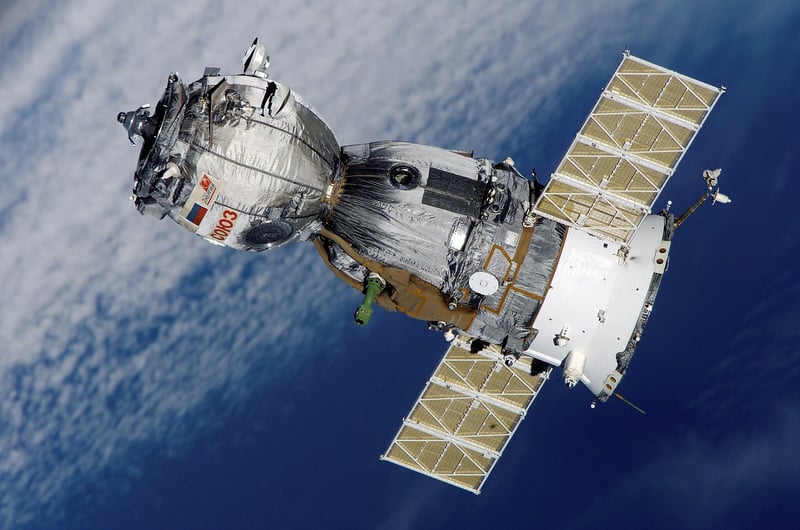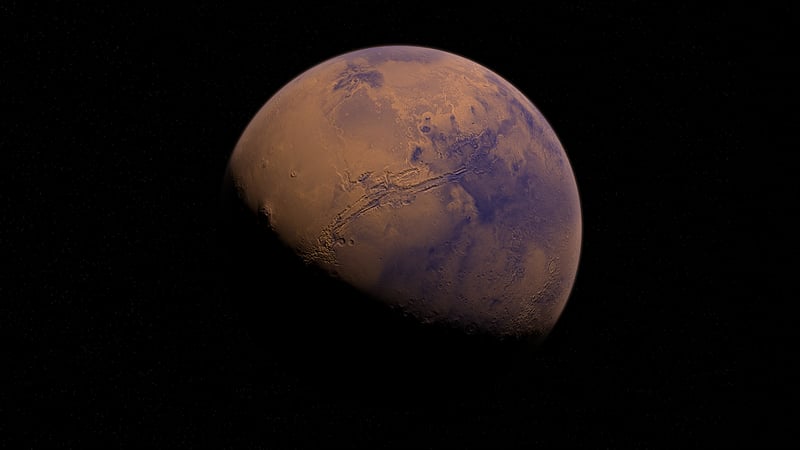Future Discoveries
Exploring the Past and Future of Science: Anticipating Future Discoveries
Science has always been a beacon of innovation, constantly pushing the boundaries of what we know and what we can achieve. By looking back at the milestones of the past and forward to the potential future discoveries, we can gain insight into the exciting developments that lie ahead.
The Past: Milestones in Science
Throughout history, science has seen remarkable breakthroughs that have reshaped our understanding of the world. From the discovery of gravity by Isaac Newton to the theory of evolution proposed by Charles Darwin, each milestone has paved the way for further exploration and advancement.
Key Achievements:
- The invention of the microscope, revealing a whole new world of microorganisms
- Marie Curie's groundbreaking research on radioactivity
- Albert Einstein's theory of relativity, changing our perception of space and time
The Future: Anticipating Discoveries
As we stand on the cusp of a new era, the possibilities for future discoveries are endless. Scientists around the world are working on cutting-edge research in various fields, from space exploration to biotechnology, poised to revolutionize the way we live and understand the universe.
Potential Future Discoveries:
- The discovery of extraterrestrial life forms beyond Earth
- Advancements in artificial intelligence leading to sentient machines
- Cures for currently incurable diseases through gene editing technologies
Embracing the Unknown
While we can reflect on the achievements of the past and speculate on the possibilities of the future, one thing is certain: science will continue to surprise and inspire us. By embracing the unknown and supporting scientific endeavors, we can look forward to a future filled with groundbreaking discoveries that will shape the world for generations to come.

Let's keep our eyes to the stars and our minds open to the endless possibilities that science has yet to unveil.
For more fascinating insights into the world of science, stay tuned to Scientific American.
